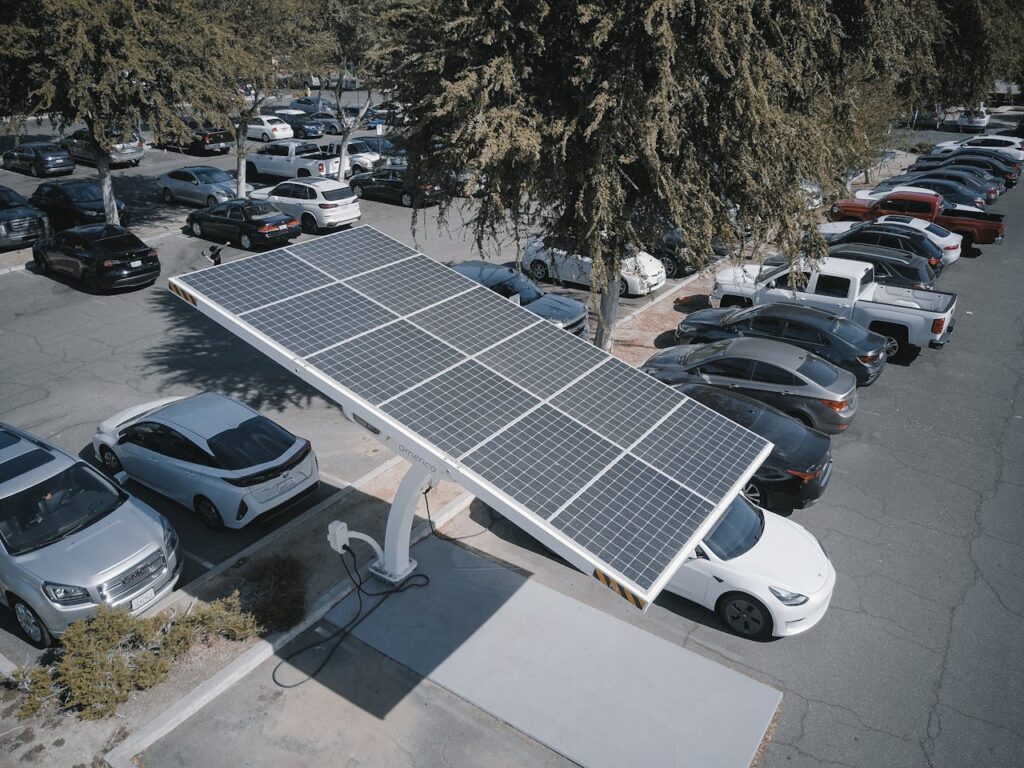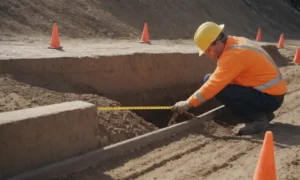With energy costs continuing to rise and environmental consciousness at an all-time high, homeowners are increasingly looking for ways to reduce their energy consumption while maintaining comfort and convenience. The good news is that 2025 brings a wealth of innovative technologies and proven methods that can significantly cut your energy bills while boosting your home’s value.
Here are the top 10 energy-efficient upgrades that offer the best return on investment and environmental impact for homeowners in 2025.
1. Smart Thermostats and Advanced HVAC Controls
Investment Range: $150-$500 Annual Savings: $100-$300 Payback Period: 1-2 years
Smart thermostats have evolved far beyond simple programmable schedules. Today’s models use artificial intelligence to learn your habits, adjust for weather patterns, and optimize energy usage throughout the day. The latest systems integrate with other smart home devices and can reduce heating and cooling costs by 10-15%.
Key features to look for include geofencing capabilities, humidity control, and integration with renewable energy systems. Popular models from Nest, Ecobee, and Honeywell now offer room-by-room temperature control and can automatically adjust based on occupancy patterns.
2. LED Lighting Systems with Smart Controls
Investment Range: $200-$800 (whole-home conversion) Annual Savings: $75-$200 Payback Period: 2-4 years
While basic LED bulbs are now standard, 2025’s smart LED systems offer unprecedented control and efficiency. These systems can automatically adjust brightness based on natural light levels, change color temperature throughout the day to support circadian rhythms, and integrate with motion sensors for optimal energy usage.
The latest smart LED systems use up to 80% less energy than traditional incandescent bulbs and can last 25 times longer. When combined with smart switches and dimmers, homeowners can achieve additional savings of 20-30% on lighting costs.
3. Solar Panel Systems with Battery Storage
Investment Range: $15,000-$30,000 Annual Savings: $1,000-$2,500 Payback Period: 6-12 years
Solar technology has reached new heights in 2025, with panel efficiency rates exceeding 22% and costs continuing to decline. The real game-changer is the integration of home battery storage systems, which allow homeowners to store excess energy for use during peak-rate periods or power outages.
Federal tax credits of 30% remain available through 2032, and many states offer additional incentives. Modern solar systems with battery backup can eliminate up to 90% of traditional electricity bills, and in some cases, homeowners can even sell excess power back to the grid.
4. High-Performance Windows and Doors
Investment Range: $8,000-$20,000 Annual Savings: $300-$800 Payback Period: 10-15 years
Energy-efficient windows and doors can dramatically reduce heating and cooling costs. Look for triple-pane windows with low-E coatings and argon or krypton gas fills. The latest models achieve U-factors as low as 0.15, representing a significant improvement over older windows.
Smart glass technology is also emerging, with windows that can automatically tint based on sun exposure and exterior temperature. While more expensive initially, these systems can reduce HVAC loads by up to 20% in sunny climates.
5. Heat Pump Water Heaters
Investment Range: $2,500-$4,500 Annual Savings: $300-$600 Payback Period: 4-8 years
Heat pump water heaters are three times more efficient than conventional electric water heaters. They work by extracting heat from the surrounding air and transferring it to heat water, using up to 70% less electricity than traditional units.
The latest models include smart controls that can optimize heating schedules based on usage patterns and integrate with time-of-use electricity rates. Some units also provide modest cooling and dehumidification benefits to the surrounding space.
6. Advanced Insulation and Air Sealing
Investment Range: $3,000-$8,000 Annual Savings: $400-$1,000 Payback Period: 3-8 years
Proper insulation and air sealing remain among the most cost-effective energy upgrades. New materials like aerogel insulation and spray foam systems can dramatically improve thermal performance in areas where traditional insulation falls short.
Professional energy audits using thermal imaging can identify specific problem areas, allowing for targeted improvements. The combination of upgraded insulation and comprehensive air sealing can reduce heating and cooling costs by 15-30%.
7. Energy-Efficient Appliances with Smart Features
Investment Range: $3,000-$10,000 (major appliances) Annual Savings: $200-$500 Payback Period: 6-12 years
ENERGY STAR certified appliances continue to improve in efficiency, with 2025 models offering smart features that optimize energy usage. Smart refrigerators can adjust cooling based on usage patterns, while intelligent washing machines and dishwashers can schedule operations during off-peak energy periods.
Induction cooktops are gaining popularity as an efficient alternative to gas ranges, offering precise temperature control while using 85% less energy than traditional electric cooktops.
8. Whole-House Ventilation Systems
Investment Range: $1,500-$4,000 Annual Savings: $150-$400 Payback Period: 4-10 years
Energy recovery ventilators (ERVs) and heat recovery ventilators (HRVs) provide fresh air while capturing energy from outgoing air. These systems are particularly valuable in tightly sealed, energy-efficient homes where natural ventilation is limited.
Modern systems include smart controls that adjust ventilation rates based on indoor air quality sensors, optimizing both energy efficiency and indoor air quality.
9. Smart Water Management Systems
Investment Range: $500-$2,500 Annual Savings: $100-$400 Payback Period: 2-8 years
Smart irrigation systems, leak detection devices, and low-flow fixtures can significantly reduce water heating and usage costs. Smart sprinkler controllers use weather data and soil moisture sensors to optimize watering schedules, reducing water waste by up to 50%.
Leak detection systems can prevent costly water damage while identifying hidden leaks that waste both water and the energy needed to heat it.
10. Home Energy Management Systems
Investment Range: $1,000-$5,000 Annual Savings: $200-$800 Payback Period: 2-8 years
Comprehensive home energy management systems tie together all your smart devices and energy systems into a unified platform. These systems can automatically shift energy usage to off-peak periods, coordinate solar energy production with battery storage, and optimize the performance of all connected devices.
The most advanced systems use machine learning to continuously improve energy efficiency and can integrate with utility demand response programs to provide additional savings opportunities.
Making the Investment Decision
When prioritizing these upgrades, consider starting with those that offer the quickest payback periods and highest annual savings relative to your specific situation. A professional energy audit can help identify which improvements will have the greatest impact on your home’s energy performance.
Many utilities offer rebates and financing programs for energy-efficient upgrades, and federal tax credits remain available for solar installations, heat pumps, and other qualifying improvements. Some states and local governments also provide additional incentives that can significantly reduce upfront costs.
Think Bigger: Extend Your Energy Savings Beyond the Home
While upgrading your home with smart thermostats and solar panels helps reduce your carbon footprint, don’t forget that how you move around also impacts your energy consumption. Transportation choices matter too.
Opt for Eco-Friendly Group Travel
For longer trips or airport transfers, BCS Bus will help you with that, consider choosing modern charter bus services instead of multiple cars. Companies like EcoTransit Charter now offer:
- Low-emission or electric fleet options
- Carbon-offset programs
- Routes optimized for efficiency and fuel savings
Whether you’re organizing a family outing or corporate travel, using an energy-conscious bus company is a smart way to extend your sustainability mindset beyond your front door.
Conclusion
The energy-efficient upgrades available in 2025 offer homeowners unprecedented opportunities to reduce both energy costs and environmental impact. While the initial investment may seem substantial, the combination of energy savings, increased home value, and available incentives makes these improvements financially attractive over the long term.
Start with a professional energy audit to identify your home’s specific needs, then prioritize upgrades based on your budget and potential savings. With energy costs likely to continue rising, investing in efficiency today will pay dividends for years to come while contributing to a more sustainable future.



